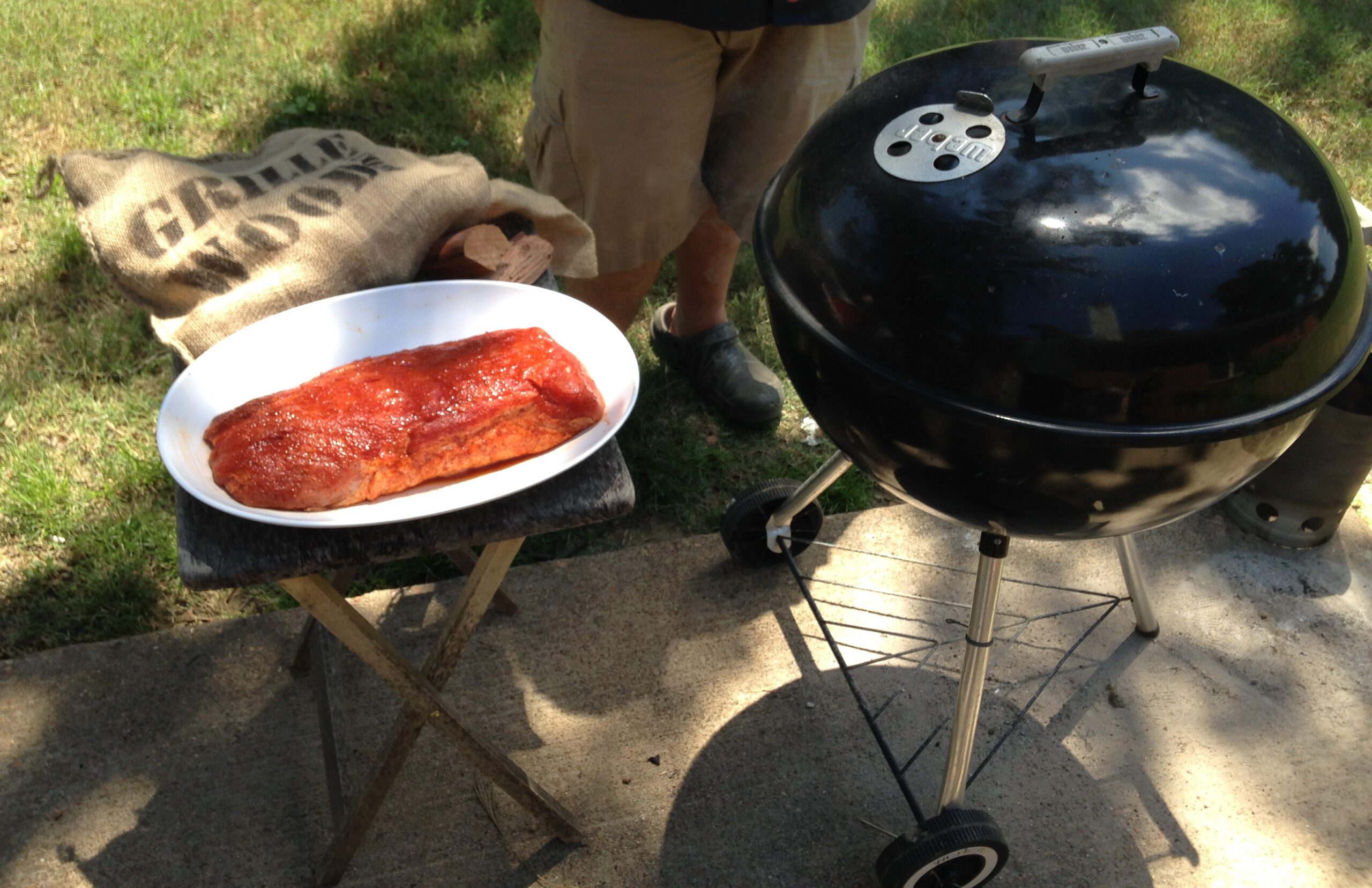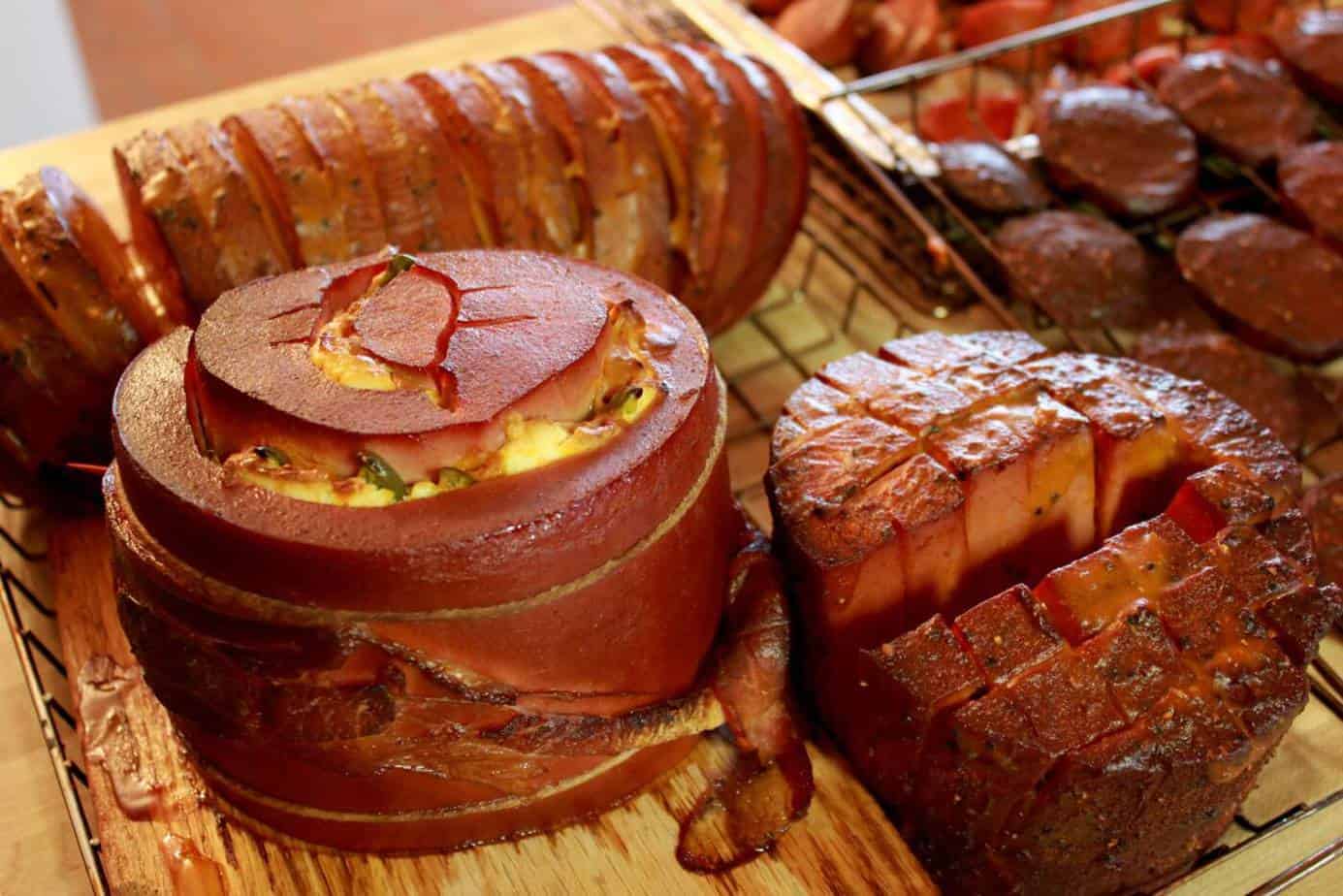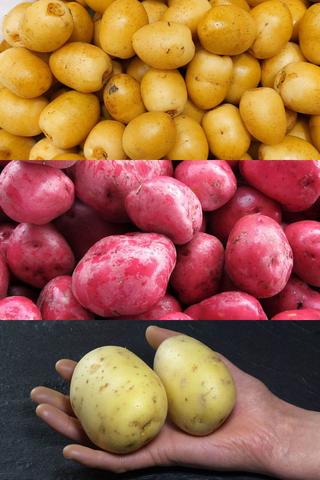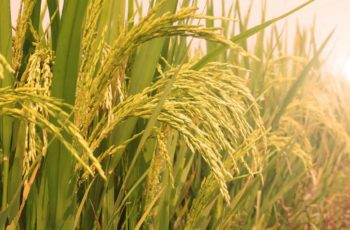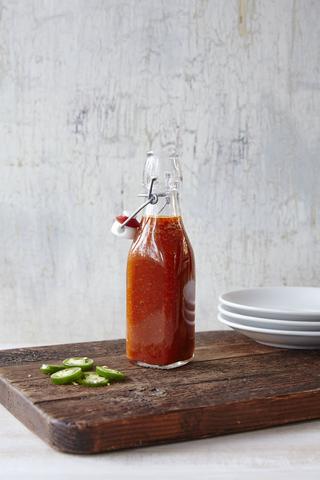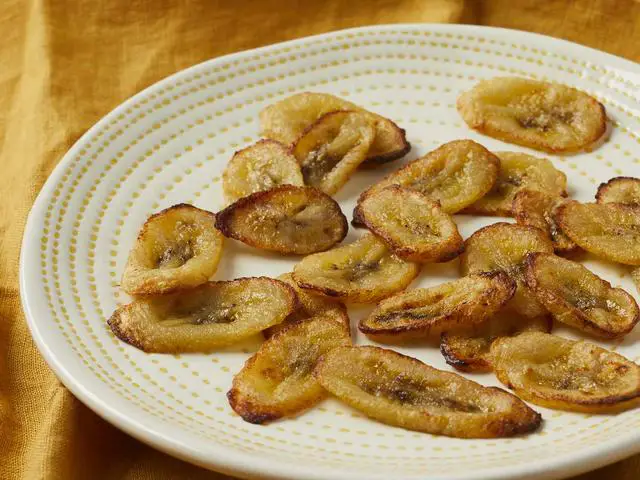
Introducing the Wood Smoke Chart: A Comprehensive Guide to Understanding and Reducing Environmental Impacts of Wood Burning. Explore this informative resource that breaks down the composition, health effects, and global implications of wood smoke. Gain valuable insights on how to minimize pollution and make sustainable choices for a cleaner future.
General Overview of Smoking Wood
The art of food smoking relies heavily on the smoke flavor and aroma it imparts to the food. Different types of smokers use wood as the source of smoke, which plays a significant role in achieving the desired taste. However, with so many options to choose from, selecting the right type and size of wood can be overwhelming. Using the wrong wood can ruin an expensive cut of meat. In this article, we provide guidance on which kind of wood works best with different meats and cuts, as well as the appropriate size of wood for optimal smoking results.
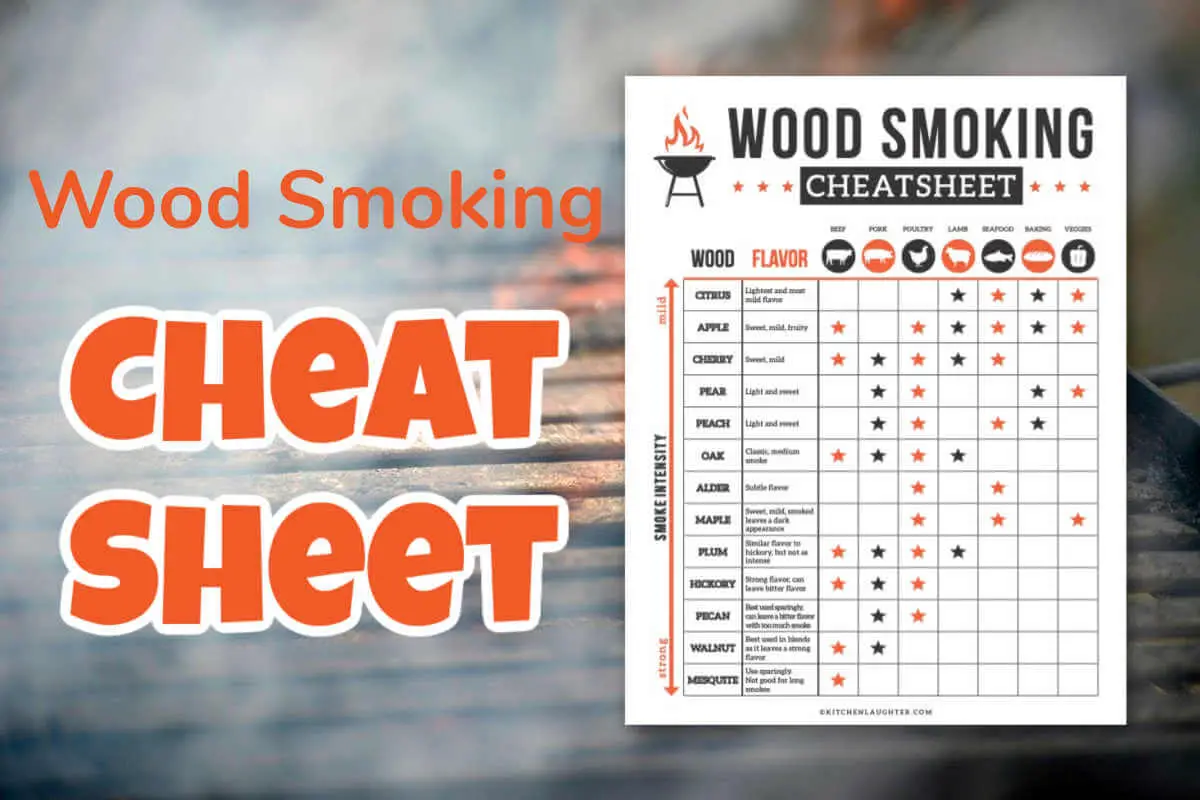
Initially, logs were used as the primary fuel source for smoking foods. However, controlling temperature and flavor when using logs is challenging. Nowadays, most smokers use gas, electricity, charcoal, or wood pellets as energy sources and different forms of wood for smoke generation. Offset Smokers are the only type that utilize real wood for both heat and smoke.
The composition of smoke is determined by factors such as the type of wood used, combustion temperature, and humidity. Guaiacol and syringol are two important gases that contribute to the smoky aroma and taste. Achieving a thin blue smoke during cooking is ideal as it indicates clean-burning fire with pure smoky flavors. White smoke indicates incomplete combustion and can result in a harsh aftertaste.
Smoking creates a Maillard reaction on the surface of food, giving it a browned exterior. The distinctive pink smoke ring on smoked meat occurs due to a reaction between nitric oxide (NO), carbon monoxide (CO), myoglobin protein in meat, and smoke from burning fuel.
Dried hardwoods with low sap content are recommended for smoking. Hickory is known for its strong flavor and dark color it adds to meat. Oak is versatile with a medium-to-strong flavor and complements the taste of meat. Mesquite is a hot and fast-burning wood that needs to be used in moderation as its intense smoke can overpower the flavor of meat. Applewood provides a mild sweetness, while pecan adds a sought-after sweet and nutty flavor. Maple imparts a delicate fruity taste to the meat.
Smoking Wood Chart
Choosing the right wood for smoking can greatly enhance the flavor of your food. Here is a guide to help you match different types of wood with various meats:
– Hickory: Known for its strong and distinct flavor, hickory is perfect for adding a savory and hearty tang to your meat. It pairs well with pork, beef, and poultry.
– Oak: With its medium-to-strong flavor profile, oak is a versatile choice for smoking. It complements the taste of most meats, including beef, pork, poultry, and fish.
– Mesquite: This hot-burning wood adds an intense earthy flavor to your food. However, it should be used sparingly or mixed with milder woods like oak or applewood. Mesquite works well with beef, chicken, and game meats.
– Applewood: Offering a mild and subtle sweetness, applewood is ideal for low and slow cooking sessions. It pairs well with pork, poultry, and seafood.
– Pecan: Similar to hickory but with a sweeter nutty flavor, pecan wood is great for longer cooking sessions. It works well with pork, beef, poultry, and game meats.
– Maple: This fruitwood offers a delicate fruity taste that is perfect for adding a mild smokiness to your food. Maple pairs well with pork and poultry.
Remember that these are just general guidelines, and personal preference plays a significant role in choosing the right wood for smoking. Experimenting with different combinations can lead to unique flavors that suit your taste buds best.
Blue Smoke vs. White Smoke
When it comes to smoking foods, the type of smoke produced during combustion is of great importance. Blue smoke is what you want to achieve during long, low, and slow cooking sessions. It is almost invisible and loaded with pure smoky flavors, indicating a clean-burning fire. Maintaining the temperature between 212°F and 230°F will give you the perfect pale bluish smoke, allowing the meat to retain its natural flavors and succulence. On the other hand, white smoke indicates incomplete combustion and contains too much carbon, resulting in a harsh bitter aftertaste. While not ideal for long cooking sessions, intense white smoke can be beneficial for short cooks of thin meats like steaks and burgers as it imparts a quick burst of smokiness. It’s important to avoid gray or black smoke as they can leave a thick residue called creosote and make your food bitter and inedible.
What Smoke Does to Food
When food is smoked, the smoke flavor and aroma from the wood penetrate the meat, adding a distinct smoky taste. The smoke also tenderizes the meat by combining with the fat and protein-laden juices, resulting in a flavorful and tender cut of meat. The composition of the smoke, which is determined by factors such as the type of wood used, temperature of combustion, and humidity, can greatly impact the flavor profile of the food. Two important gases in smoke, guaiacol and syringol, are responsible for the smoky taste and aroma respectively.
The type of smoke produced during combustion is crucial for achieving the desired flavor. Blue smoke is considered ideal as it indicates a clean-burning fire and imparts pure smoky flavors to the meat. White smoke, on the other hand, indicates incomplete combustion and can result in a harsh bitter aftertaste. Gray and black smoke should be avoided as they can leave a carbon-rich residue called creosote, which can make the food bitter. Achieving a thin blue smoke at temperatures between 212°F and 230°F ensures that the meat retains its natural flavors and succulence.

Wood Types Used for Smoking
When it comes to smoking foods, the type of wood used plays a crucial role in determining the flavor and aroma of the final product. Here are some popular types of wood used for smoking:
1. Hickory: Hickory wood, known for its strong and distinct flavor, is a classic choice for smoking. It adds a savory and hearty tang to the meat, reminiscent of bacon. However, its strong flavor can sometimes lead to a bitter taste, so it is best to mix hickory with milder woods like pecan or maple.
2. Oak: Oak is a versatile wood with a medium-to-strong flavor profile. It falls between apple and hickory in terms of taste intensity. Post oak, which is harder than red oak, is commonly used for low and slow smoking sessions in central Texas BBQ. Red oak has a slightly sweeter flavor with hints of vanilla and is popular in Oklahoma-style BBQ.
3. Mesquite: Mesquite wood produces intense smoke with a sharp, earthy flavor. However, due to its high lignin content, it can easily overpower the taste of the meat if not used carefully. It is best to limit its smoking time and combine it with milder woods like oak or cherry wood.
4. Apple: Applewood imparts a mild and subtle sweetness to the meat, making it ideal for low and slow cooking sessions. It takes some time for the full flavor to develop but produces medium smoke that is easy to manage.
5. Pecan: Pecan wood, a type of hickory wood, offers a sought-after sweet and nutty flavor that is stronger than other fruitwoods but milder than hickory or mesquite. It burns slowly and coolly, making it a great choice for longer cooking sessions.
6. Maple: Maple wood, like other fruitwoods, adds a delicate fruity taste to the meat. It is perfect for those who prefer a mild smokiness and has a tendency to darken the meat when used.
These are just a few examples of the many types of wood available for smoking. Each wood imparts its own unique flavor and aroma, so experimenting with different combinations can lead to delicious results.
Hardwood Trees
Hickory: Hickory wood is a classic choice for smoking foods, known for its strong and distinct flavor. It burns clean and adds a rich dark color to the meat. Hickory-smoked bacon is a popular favorite due to the savory tang it imparts. It’s important to mix hickory with a milder wood to balance its strong flavor.
Oak: Oak is a versatile wood with a medium-to-strong flavor profile. It falls between apple and hickory in terms of taste intensity. Smoking with oak adds a deep brownish or mahogany hue to the meat. Post oak, a form of white oak, is harder and has a longer burn time, while red oak has a slightly sweeter flavor with hints of vanilla.
Mesquite: Mesquite wood is hot and fast burning, favored for its sharp, earthy flavor. It can easily overpower the taste of the meat, so it should be used in limited quantities and combined with milder woods like oak or cherry wood. Mesquite imparts lighter color compared to oak or hickory.
Apple: Applewood offers a mild and subtle sweetness that takes time to fully develop in the meat. It’s ideal for low and slow cooking sessions. Burning applewood produces medium smoke and is easy to manage.
Pecan: Pecan wood, a type of hickory wood, provides a sought-after sweet and nutty flavor. It burns slow and cool, making it suitable for longer cooking sessions.
Maple: Maple wood imparts a delicate fruity taste to the meat, offering mild smokiness. It tends to darken the meat and works well when paired with other woods like apple or cherry.
Fruitwoods
When it comes to smoking foods, fruitwoods are a popular choice due to their delicate and fruity flavors. These woods add a subtle sweetness to the meat and are ideal for those who prefer a milder smokiness. Some common types of fruitwoods used for smoking include applewood, cherry wood, and peach wood.
Applewood is known for its mild and subtle sweetness, which infuses the meat with a fruity flavor. It is best suited for low and slow cooking sessions, as it takes some time for the full flavor to develop. Burning applewood produces medium smoke and is relatively easy to manage.
Cherry wood adds a slightly sweet and fruity taste to the meat. It has a similar flavor profile to applewood but is slightly stronger in intensity. Like applewood, cherry wood works well with low and slow cooking methods.
Peach wood is another fruitwood that imparts a delicate fruity taste to the meat. It has a milder smokiness compared to other woods like hickory or mesquite. Peach wood burns slowly and coolly, making it suitable for longer cooking sessions.
Wood Sizes – All You Need to Know
When it comes to smoking food, the size of the wood you use can greatly impact the flavor and cooking process. Here are a few things you need to know about wood sizes:
1. Chunks: Wood chunks are larger pieces of wood that burn slowly and produce a steady amount of smoke. They are ideal for long cooking sessions, such as smoking a brisket or pork shoulder, as they provide a consistent source of smoke throughout the process.
2. Chips: Wood chips are smaller pieces of wood that burn quickly and produce intense smoke. They are best suited for shorter cooking sessions, like smoking steaks or burgers, as they impart a strong smoky flavor in a shorter amount of time.
3. Pellets: Wood pellets are small compressed cylinders made from sawdust or other wood byproducts. They burn efficiently and produce consistent smoke. Pellets are commonly used in pellet smokers or grills, where they are fed into a hopper and automatically burned.
4. Sawdust: Sawdust is finely ground wood particles that burn quickly and produce intense smoke. It is often used in cold smoking applications, where the food is exposed to smoke without heat for an extended period of time.
5. Briquettes: Wood briquettes are compressed blocks made from sawdust or other wood materials. They provide a consistent heat source and burn slowly, making them suitable for long cooking sessions. However, they may not produce as much smoke flavor as other wood options.
Choosing the right size of wood for your smoker depends on the type of food you’re smoking and the length of your cooking session. Experiment with different sizes to find what works best for you and enjoy the delicious smoky flavors in your BBQ.
What Not to Use
When it comes to smoking, there are certain types of wood that should be avoided. Softwoods such as pine, fir, spruce, and cedar are not suitable for smoking as they contain high levels of resin and can create an unpleasant taste and aroma in the meat. These woods also tend to produce a lot of smoke, which can lead to creosote buildup.
Additionally, avoid using any wood that has been treated with chemicals or pesticides. These substances can release harmful toxins when burned and can contaminate the food. Stick to using natural, untreated hardwoods for the best results.
Where to Buy
When it comes to buying wood for smoking, there are several options available. You can find smoking wood at your local hardware store, home improvement store, or specialty BBQ stores. Many online retailers also offer a wide variety of smoking woods for purchase.
If you prefer to shop in person, check out your local hardware or home improvement store’s outdoor cooking section. They often carry a selection of smoking woods, including popular options like hickory, oak, and mesquite. Specialty BBQ stores may have an even wider range of options to choose from.
If you prefer the convenience of online shopping, there are many websites that specialize in selling smoking woods. These online retailers often offer a larger variety of wood types and sizes, making it easier to find exactly what you need for your specific smoking needs. Some popular online retailers for smoking woods include Amazon, BBQGuys.com, and Smokey Mountain Cooker Company.
Cooking With Smoke
When it comes to cooking with smoke, the choice of wood plays a crucial role in determining the flavor and aroma of your food. The distinct smoky flavor and aroma that many aspire to achieve can be achieved by using different types of wood. However, selecting the right type and size of wood can be overwhelming for beginners. It is important to match the wood with the meat you are smoking and choose the appropriate size of wood for different cuts. This will ensure that you get the most out of your smoking session and avoid spoiling expensive cuts of meat.
In the past, logs were commonly used as fuel for smoking, but they required considerable skill and effort to control temperature and flavor. Today, most smokers use gas, electricity, charcoal, or wood pellets as the energy source, along with wood chunks, chips, pellets, sawdust, or briquettes for smoke. The only smokers that still utilize real wood for heat and smoke are Offset Smokers.
The composition of smoke is determined by factors such as the type of wood used, temperature of combustion, and humidity. Monitoring these components is crucial as they can completely alter the flavor profile of the meat. Two important gases to look for when smoking with wood are guaiacol and syringol, which are responsible for the smoky taste and aroma respectively.
How to Use Wood Chips
Wood chips are a popular choice for smoking because they burn quickly and produce smoke faster than larger wood chunks. Here’s how you can use wood chips for smoking:
1. Soak the wood chips: Before using, soak the wood chips in water for at least 30 minutes to an hour. This helps prevent them from burning too quickly and allows them to produce more smoke.
2. Prepare your smoker: Start by preheating your smoker to the desired temperature. If you’re using a charcoal or gas smoker, place the soaked wood chips directly on top of the hot coals or in a foil packet with holes poked in it to allow the smoke to escape.
3. Add the meat: Once your smoker is ready, place your meat on the grill grates and close the lid. The smoke from the wood chips will infuse into the meat as it cooks.
4. Monitor and replenish: Keep an eye on the temperature of your smoker and make sure there is a steady flow of smoke. If you notice that the smoke has stopped or decreased significantly, add more soaked wood chips to keep it going.
5. Adjust cooking time: Depending on the size and type of meat you’re smoking, adjust your cooking time accordingly. Remember that smoking is a slow process, so be patient and allow enough time for the flavors to develop.
6. Experiment with different woods: Don’t be afraid to try different types of wood chips to achieve different flavors in your smoked food. Each type of wood imparts its own unique taste, so feel free to experiment and find your favorite combinations.
By following these steps, you can effectively use wood chips to enhance the flavor of your smoked meats and achieve that perfect smoky taste that you desire.
How to use Wood Chunks
Wood chunks are a popular choice for smoking as they provide a longer-lasting and more consistent source of smoke compared to wood chips or sawdust. Here are some tips on how to use wood chunks effectively for smoking:
1. Soak the wood chunks: Before using the wood chunks, it is recommended to soak them in water for at least 30 minutes or up to several hours. This helps prevent the wood from burning too quickly and producing bitter smoke. Soaking also adds moisture to the smoking environment, which can help keep your meat moist during the cooking process.
2. Place the wood chunks strategically: When using wood chunks in your smoker, it’s important to place them strategically so that they provide a steady source of smoke throughout the cooking process. For charcoal smokers, you can place the soaked wood chunks directly on top of hot coals. For electric or gas smokers, you can wrap the soaked wood chunks in aluminum foil and poke holes in it before placing it near the heat source.
3. Control the temperature: It’s important to maintain a consistent temperature while smoking with wood chunks. This can be achieved by adjusting the airflow and fuel supply in your smoker. Too much heat can cause the wood chunks to burn too quickly and produce harsh smoke, while too little heat may result in incomplete combustion and an inadequate amount of smoke flavor.
4. Monitor the smoke: Keep an eye on the color and density of the smoke coming out of your smoker. Ideally, you want thin blue smoke, which indicates clean-burning fire and pure smoky flavors. If you see thick white or black smoke, it may be a sign of incomplete combustion or excessive creosote buildup.
5. Add more wood as needed: Depending on the length of your cooking session, you may need to add more soaked wood chunks periodically to maintain a steady source of smoke. This is especially important for longer smoking sessions, as the wood chunks will eventually burn out.
By following these tips, you can effectively use wood chunks to enhance the flavor and aroma of your smoked meats. Experiment with different types of wood to find your preferred flavor profile and enjoy the art of food smoking like a pro.
Does Food Stop Taking On Smoke Flavor?
No, food does not stop taking on smoke flavor. The process of smoking involves the meat absorbing the smoke particles and gases, which stick to the surface of the food. This is what gives smoked meat its distinct smoky flavor. However, it is important to note that the intensity of the smoke flavor can vary depending on factors such as the type of wood used and the length of smoking time. Additionally, once the surface of the meat has absorbed enough smoke, it may not take on as much additional flavor. This is why it is important to monitor the smoking process and ensure that the meat is exposed to enough smoke for a desirable flavor profile.
Should You Soak Your Wood?
One common question when it comes to smoking wood is whether or not to soak it before using. Soaking wood is believed to help prevent it from burning too quickly and producing a harsh smoke. However, soaking wood may not actually have much of an impact on the smoking process. The moisture from soaking only penetrates a small amount into the wood, so it may not significantly affect the burn time or smoke production. Additionally, wet wood can create more steam than smoke, which can interfere with the flavor and appearance of the meat. Therefore, it is generally recommended to use dry wood for smoking.
Pairing Woods With Meat
When it comes to smoking meats, the type of wood you choose can greatly impact the flavor of your food. Here are some guidelines for pairing woods with different types of meat:
1. Hickory: Hickory wood is a classic choice for smoking foods. It has a strong and distinct flavor that is slightly milder than mesquite but stronger than fruitwoods like cherry and applewood. It adds a savory and hearty tang to meats, making it perfect for smoking bacon or other rich cuts of meat.
2. Oak: Oak is a versatile wood with a medium-to-strong flavor profile. It falls between apple and hickory in terms of taste, making it suitable for a wide range of meats. Post oak, which is local to eastern and central United States, is ideal for low and slow smoking sessions, while red oak offers a slightly sweeter flavor with hints of vanilla.
3. Mesquite: Mesquite wood is known for its sharp, earthy flavor. It burns hot and fast, so it’s important to limit its smoking time and use it in combination with milder woods like oak or fruitwoods. Mesquite imparts a lighter color to the meat compared to hickory or oak.
4. Apple: Applewood adds a mild and subtle sweetness to meats, similar to its own fruity flavor. It is best suited for low and slow cooking sessions as it takes time for the full flavor to develop. Burning applewood produces medium smoke and is easy to manage.
5. Pecan: Pecan wood offers a sought-after sweet and nutty flavor that is stronger than other fruitwoods but milder than hickory or mesquite. It burns slow and cool, making it an excellent choice for longer cooking sessions.
6. Maple: Maplewood imparts a delicate fruity taste to meats and provides a mild smokiness. It has a tendency to darken the meat and pairs well with poultry or pork.
Remember, the type of wood you choose ultimately depends on your personal preference and the flavor profile you want to achieve. Experimenting with different woods can help you discover new and delicious combinations for your smoked meats.
Living the Good Life
When it comes to smoking food, choosing the right wood is crucial for achieving the perfect flavor. The distinct smoky flavor and aroma of smoked meat is highly desired, and using the wrong type or size of wood can ruin an expensive cut of meat. There are several different types of smokers available, but they all use wood as the source of smoke. While logs were traditionally used as fuel for smoking, they are difficult to control and manage. Most modern smokers use gas, electricity, charcoal, or wood pellets for heat and smoke.
The type and size of the wood used for smoking greatly impact the flavor profile of the meat. Different types of woods produce different flavors, ranging from strong and distinct to mild and fruity. Hickory is a classic choice for smoking with its strong flavor profile that adds richness to meats like bacon. Oak is versatile and falls between applewood and hickory in terms of flavor intensity. Mesquite is hot-burning and earthy but should be used sparingly with milder woods. Fruitwoods like applewood, pecan, and maple offer subtle sweetness and delicate fruity flavors.
Monitoring the smoke produced during combustion is also important. Achieving a pale bluish smoke indicates a clean-burning fire that imparts pure smoky flavors to the meat. White smoke indicates incomplete combustion and can result in a harsh bitter aftertaste if used for long cooking sessions. Gray or black smoke should be avoided as it can leave a carbon-rich residue called creosote that ruins both the taste of the food and the smoker itself.
Frequently Asked Questions (FAQ’s):
1. What is the importance of smoke flavor in food smoking?
Smoke flavor plays a crucial role in enhancing the taste of smoked foods. It adds a distinct smoky aroma and flavor that many aspire to achieve.
2. Why is choosing the right wood important for smoking?
The wood you choose as your smoke source can make a world of difference in the taste of your smoked meat. Different woods have different flavors, so it’s important to pick the right wood that complements the type of meat you are smoking.
3. What types of smokers use wood as the source of smoke?
The only smokers that utilize real wood for both heat and smoke are Offset Smokers. Other smokers use gas, electricity, charcoal, or wood pellets for heat and wood chunks, chips, pellets, sawdust, or briquettes for smoke.
4. What is “thin blue smoke” and why is it desirable?
“Thin blue smoke” refers to a clean-burning fire that produces almost invisible smoke loaded with pure smoky flavors. It is desirable because it helps retain the natural flavors and succulence of the meat.
5. What is the Maillard reaction and how does it relate to smoking?
The Maillard reaction occurs when heat applied to a dry surface breaks down amino acids and sugars, creating a crunchy browned exterior on smoked meats. Smoke particles and gases tend to stick to this surface, adding to the overall smoky flavor.
Can you mix or blend woods when smoking?
Yes, you can mix or blend different types of woods when smoking to create unique flavor profiles. Mixing woods allows you to balance the strong flavors of certain woods with milder ones, ensuring that the smoke does not overpower the taste of the meat. For example, if you are using hickory wood, which has a strong and distinct flavor, you can mix it with a milder wood like maple or oak to create a more balanced smoky taste. Experimenting with different wood combinations can help you find the perfect flavor for your smoked meats.
Which wood gives the strongest smoke flavors?
Hickory wood is known for giving the strongest smoke flavors. It has a distinct and robust flavor that is slightly milder than mesquite but stronger than fruitwoods like cherry and applewood. Hickory-smoked foods have a savory and hearty tang, reminiscent of the richness of bacon. However, it’s important to note that the strong flavor of hickory smoke can sometimes cause the meat to taste bitter. To balance out the harshness, it is recommended to mix hickory with milder woods like pecan, oak, or maple.
Should I soak my wood before smoking?
There is a common belief that soaking wood before smoking can help produce more smoke and prevent it from burning too quickly. However, this is actually a myth. Soaking wood does not significantly increase the amount of smoke produced, nor does it prevent it from burning quickly.
In fact, soaking wood can have several negative effects on your smoking experience. First, wet wood takes longer to ignite and may produce more smoke initially, but it will burn out faster and create less consistent smoke throughout the cooking process. Additionally, wet wood can create steam instead of smoke, which can result in a bitter taste and affect the texture of the meat.
Instead of soaking your wood, it is recommended to use dry or seasoned wood for smoking. Dry wood burns more efficiently and produces a clean and consistent smoke flavor. If you prefer a stronger smoky flavor, you can always add more dry wood during the smoking process.
In conclusion, wood smoke charts provide valuable information on the health risks associated with exposure to wood smoke. By raising awareness and promoting cleaner burning practices, these charts can help individuals and communities make informed decisions to protect their health and reduce air pollution.
Learn More About Grilling
If you want to learn more about grilling, check out these other helpful resources!

